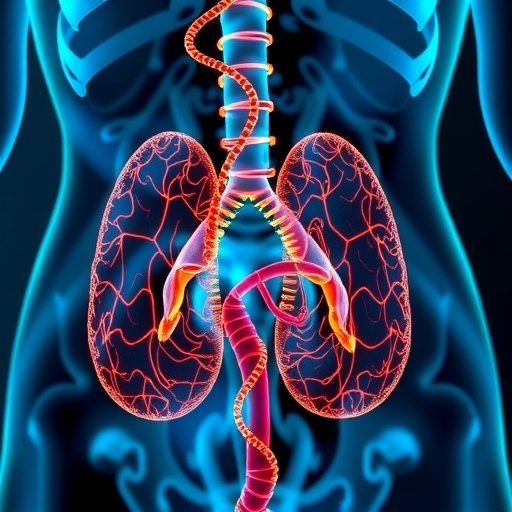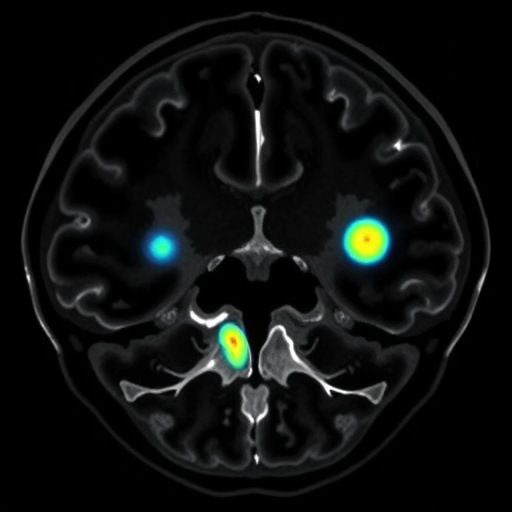This article by Dr. Hai-Feng Chen et al. is published in Current Pharmaceutical Design, 2018
As the proteomics technology develops and human genomic analysis becomes easier to execute, molecules involved in the regulation of biochemical signaling pathways have become interesting subjects for researchers. Earlier research was based on assumptions that metabolic cascades such as phosphorylation was linear. However, current studies indicate a multi-network signaling cascade. The interlinked signals performing in synchrony can be observed being responsive to a stimulus during physiological regulation. Although phosphatase is not considered as an inert house-keeping enzyme in the process of phosphorylation and regulation, its catalytic and regulatory actions show an involvement in signal transduction pathways. The key role of phosphatases is now defined to maintain and regulate the degree of signal’s intervals. According to recent studies, Shp2, a phosphatase protein has shown to have a remarkable role in governing the signaling response amplitude.
The dysregulation of cell signaling cascades linked to cell differentiation and growth, due to deletion, insertion or point mutation in specific amino acids which alters the intrinsic conformation of the protein, can ultimately lead to a fatal cancer disease. A key regulator, protein tyrosine phosphatase, was found responsible for extracellular signaling such as cytokine receptor and receptor tyrosine kinase signaling.
In recent years, the PTPN11 gene (which encodes a Shp2 protein) and its association with acute myeloid, juvenile myelomonocytic, and B-cell acute lymphoblastic leukemia, Noonan syndrome, and myelodysplastic has been recognized as the cause of the deadly disease due to the occurrence of germline mutations in the interface of PTP and SH2 domain. This research study reviews 10 years of research work on the allosteric regulation (autoinhibition) of the Shp2 protein and its roles in molecular biology.
###
The article is Open Access till 31st December, 2018. To obtain the article, please visit: http://www.
Media Contact
Faizan ul Haq
[email protected]
http://dx.




